Text and Photos by Henrylito D. Tacio
Davao City, the biggest city in the Philippines, is now ready to accept visitors from all over the country. Now, let’s take a closer look at those areas which people can visit if and when they are in Davao City:
Eden Nature Park and Resort: There are so many things you can do in this 80-hectare resort (with 100,000 pine trees) located in barangay Eden in Toril District and is 3,000 feet above sea level. “Become acquainted with nature and indulge in an authentic mountain experience,” its website said. “Eden invites you to take it easy in a private leisure when you can savor quality and intimate moments with family, catch up on your reading or simply sit back and entertain your thoughts.”
If adventure is your thing, there are several activities you can do: Skyrider, Skycycle, Skyswing, and horseback riding. You can also go fishing at its Fishing Village. There are several places where you can eat: Vista Restaurant, Fisher’s Grill, Café Vista, and Skyview Café.
Malagos Garden Resort: A reputable agri-tourism resort set on 12-hectare grounds where families can discover experiences refined by nature. It has everything a family and group can hope for. Among those they can enjoy are: interactive bird shows, bird watching sessions, and new landscapes with beautiful koi fishponds. Don’t forget to visit the Malagos Chocolate Museum, the first and only in the country.
Philippine Eagle Center: Not farm from Malagos Garden Resort is this 8.4-hectare area. It is primarily a conservation breeding facility for the endangered bird icon and other birds of prey.
It is now open to the public. “The animal exhibits remain the same,” said Dennis Joseph I. Salvador, the center’s executive director. “We do have a new python exhibit.”
Davao Crocodile Park: If you are fascinated with crocodiles – both freshwater and saltwater species – then this is the place to visit. It showcases a “state of the art” crocodile farming system equipped with modern facilities and equipment. You can also find different species of birds, monkeys, snakes, and other reptiles. Don’t miss going to its Butterfly Garden.
If you visit the place on weekends, you can witness the best fire dancers in the country. During weekends, there’s a market for farm products produced by farmers and from other businessmen engaged in farming.
D’Bone Collector Museum: Another one and only in the Philippines, where a collection of bones and skeletons of animals (including the 41-foot Sperm Whale) from the country and other parts of the world are displayed in a three-storey building. It has just reopened. “We are adding 400 square meters more of display area so visitors can have new experiences other museums in the Philippines don’t have,” says Darrel Blatchley, the museum owner.
San Pedro Cathedral: This famous landmark, a Spanish-style cathedral, is one of the oldest churches in Mindanao. It is known for its distinctive modern design frontal-curved solid structure. Not far from it, just by walking, you can find the City Hall, the seat of the mayor.
Mindanao China Town: A collection of restaurants, shops, businesses, and malls – most by Chinese Filipinos who hold on strong to their Chinese roots – spread out over a total land area of 44 hectares and part of four barangays. Don’t forget to take a picture of yourself in one of its entrance gates – a traditional bright red Chinese archway with a shingled roof – which is inspired by a pailou or paifang.
People’s Park: If New York has Central Park, Davao has this park where visitors can be with nature. Built in 2007 during the leadership of Rodrigo R. Duterte, the 4-hectare park has an environ of a tropical forest with ponds, waterfalls, and shady trees all over. It is considered “the cleanest and greenest park in the country.”
Place to eat: Now if you are hungry from visiting those places, you can also eat anywhere in the city. Among the most popular eating places include Mixed Temptation Chinese, Davao Lounge, Tiny Kitchen, Marina Tuna, Rekado, Ahfat Seafood Plaza, Blue Post’s Boiling Crabs and Shrimps, Yellow Fin, Majid’s Kabab, and Ellen’s Tuna Queen, Coco’s. Of course, there’s the famous Night Market at Roxas Avenue.
Beyond Davao City: Not far from Davao City is Kapatagan, a barangay of Digos City. Now, if you have visited most of the places mentioned earlier, it’s time to leave Davao and heed to this place. Among those you can visit are Kublai Art Garden, Camp Sabros, Wako-wako Mountain Resort, and Montefrio.
Not far from Kapatagan is Balutakay, a barangay of Bansalan, Davao del Sur. Among those that might interest you include Holy Land, Sir Ped’s Coffee, Skyview Garden, Apo Strawberry, Haven’s View, and Twin Mountain. You can also trek to Tinago Falls.
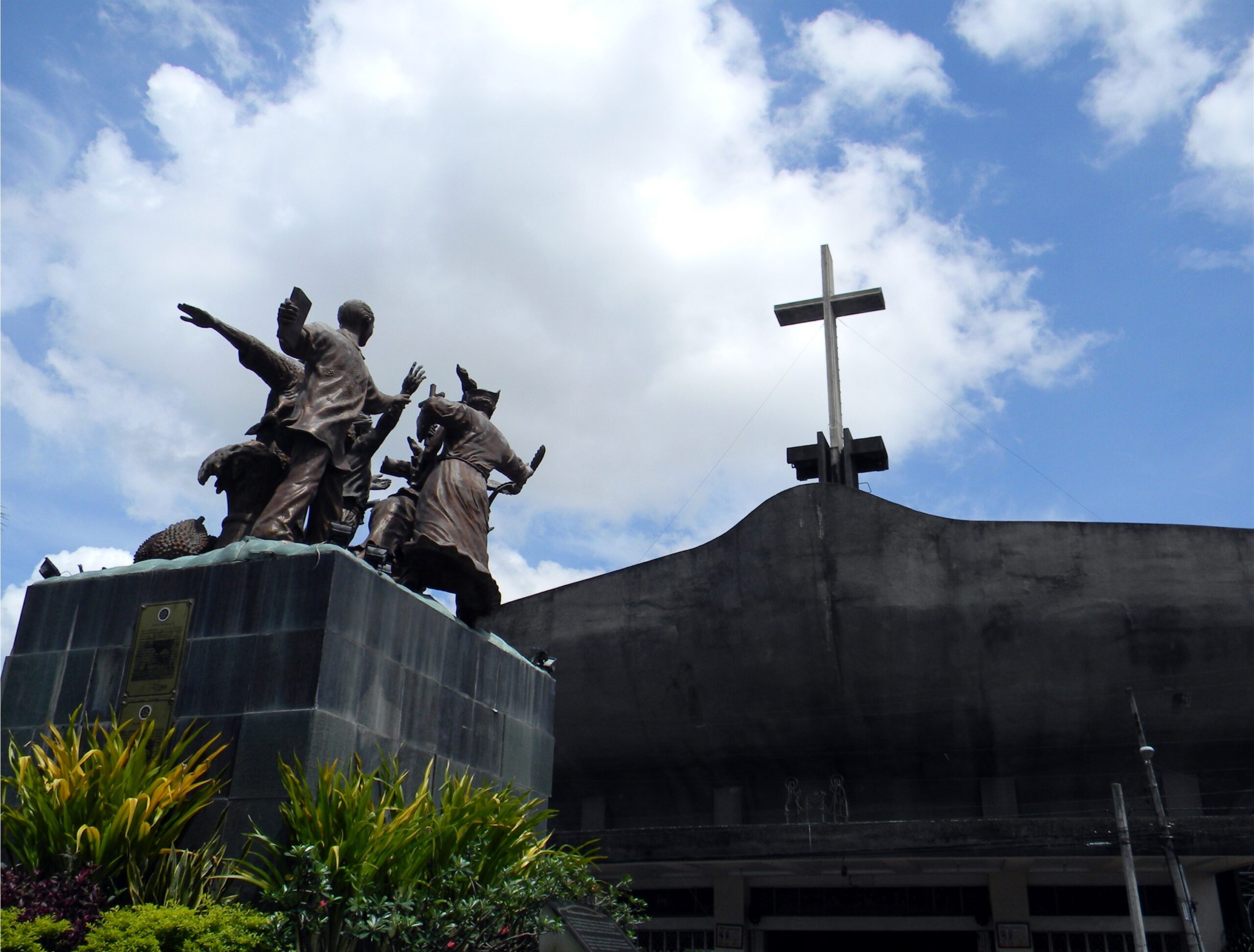
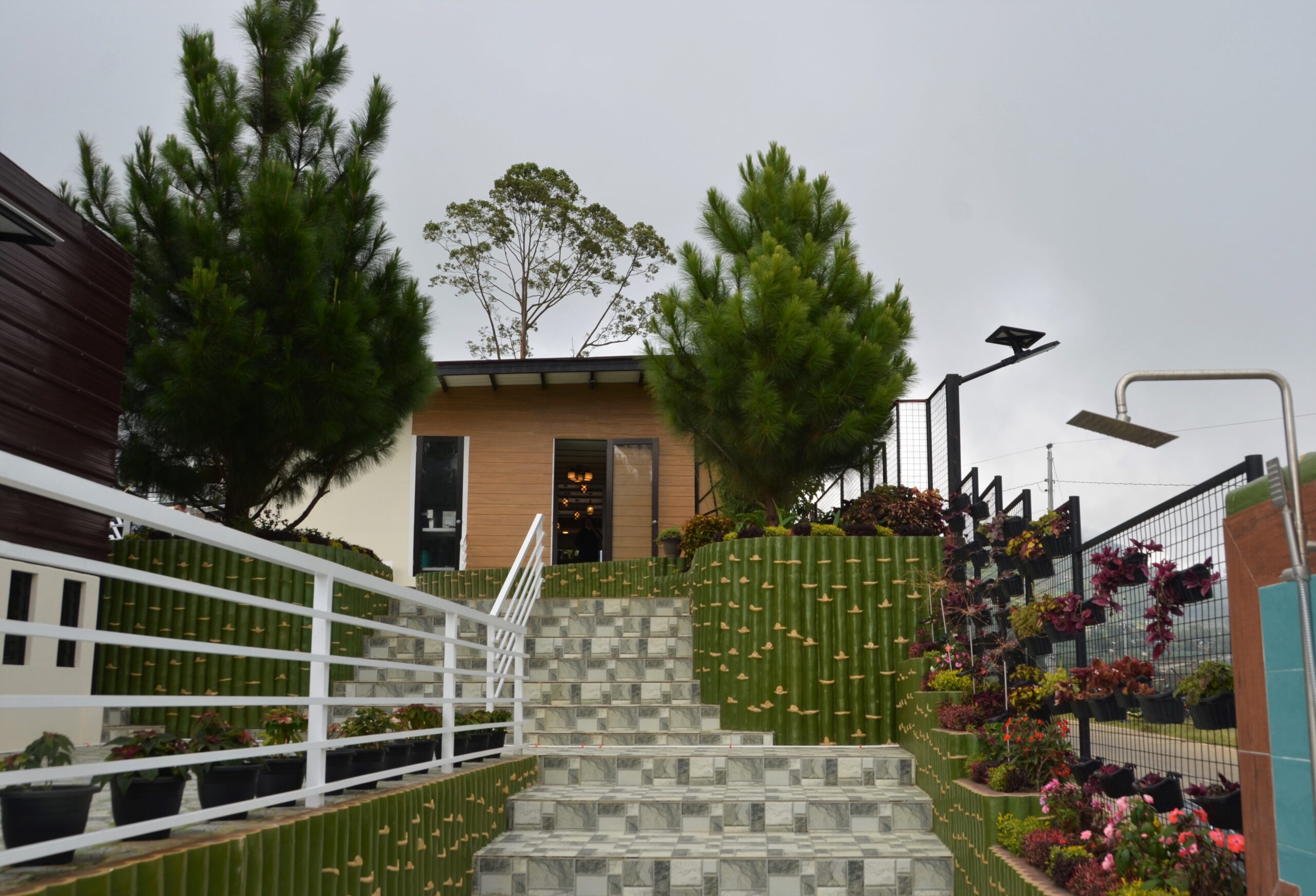
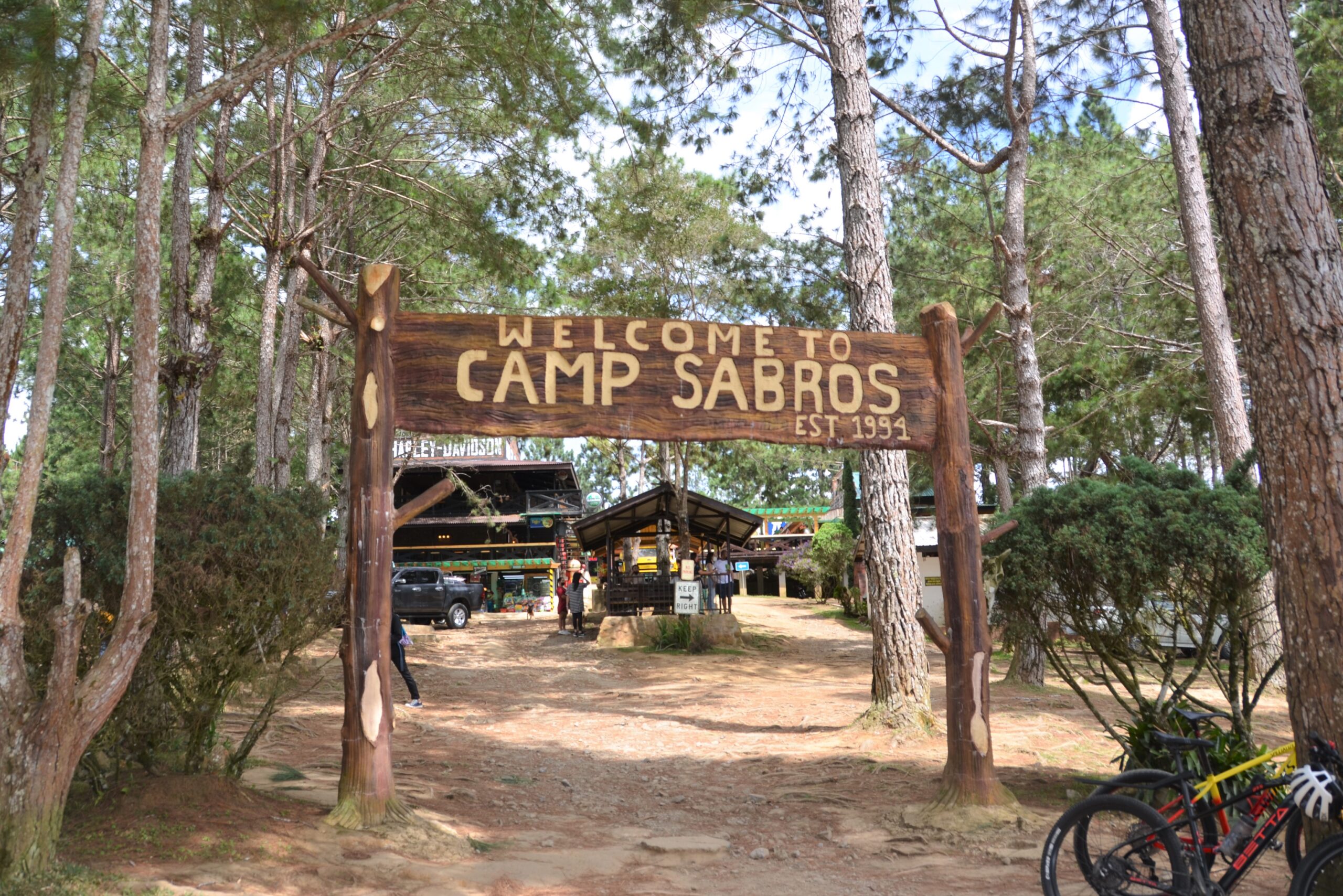
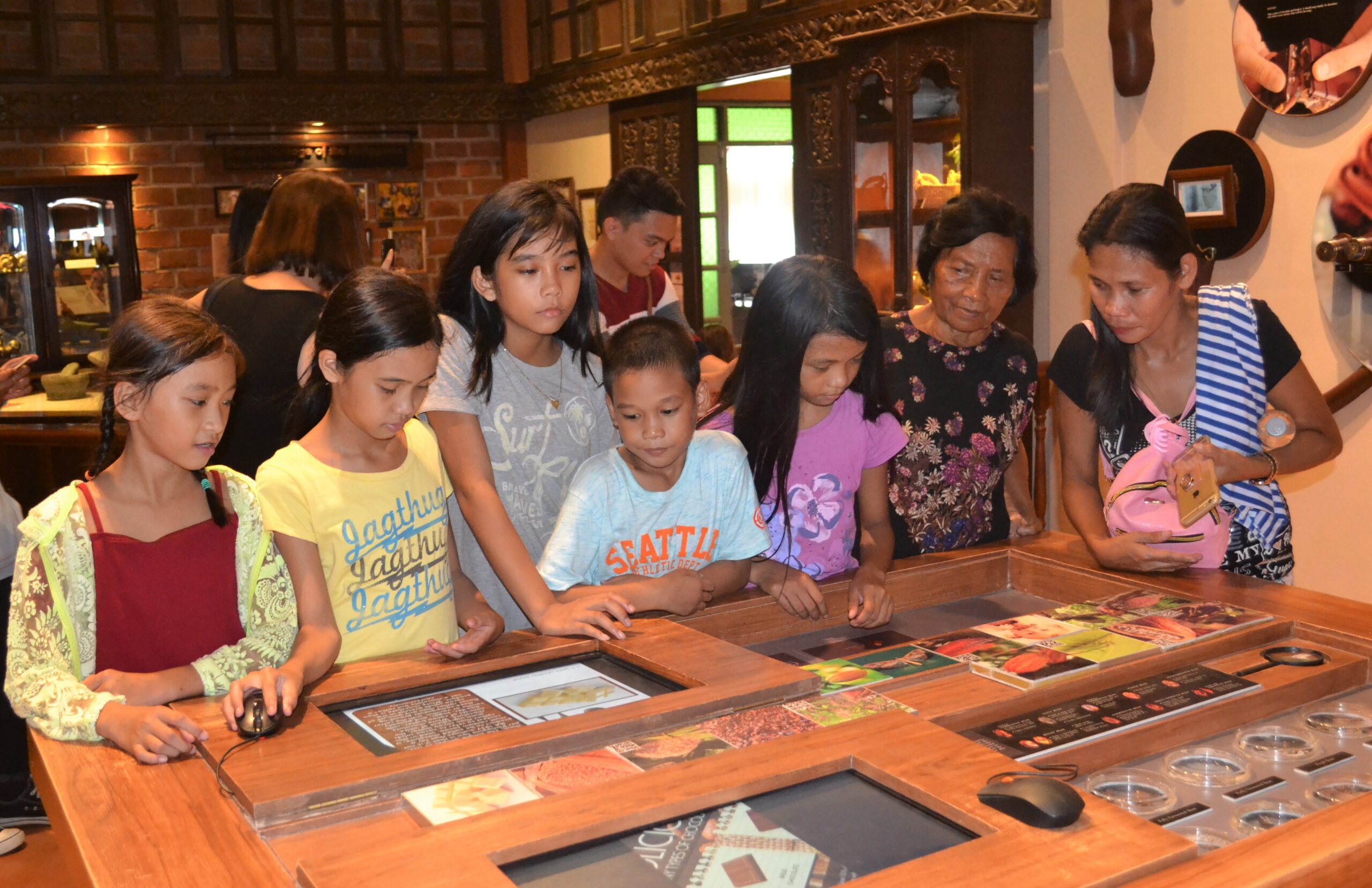

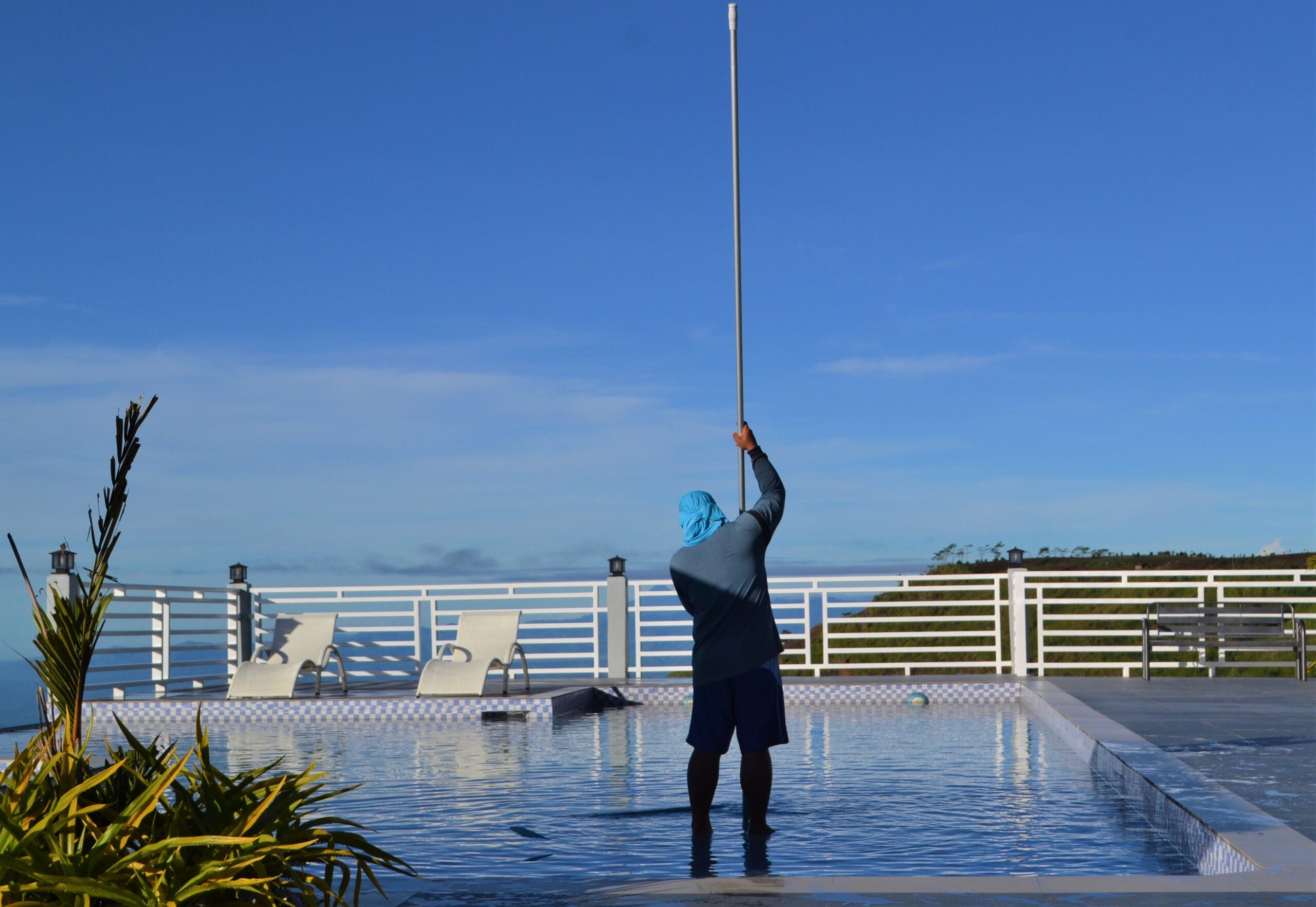

Buda, the boundary of Bukidnon and Davao, is another tourist-haven destination. “Buda’s cold weather and lush vegetation are just some of the reasons why people spend a holiday in the area,” wrote Glenn Santillan, a noted blogger (check escapemanila.com) and traveller.
Among the places, you can visit – and stay – include the following: Cloud 99, Buda Vista Vacation House, Highway 81, and Reel Place. Some of these places are located in Marilog District, while others are already part of Bukidnon.
Also, in Marilog, some must-visit attractions are Benmwa Organic Farm (known for its strawberry fields) and Lawi-Lawi Adventure Park and Cottages (the Baguio version of Davao City).
Be sure to contact these destinations first if they are now open and what are some of the things to be observed while there.
Have fun!

